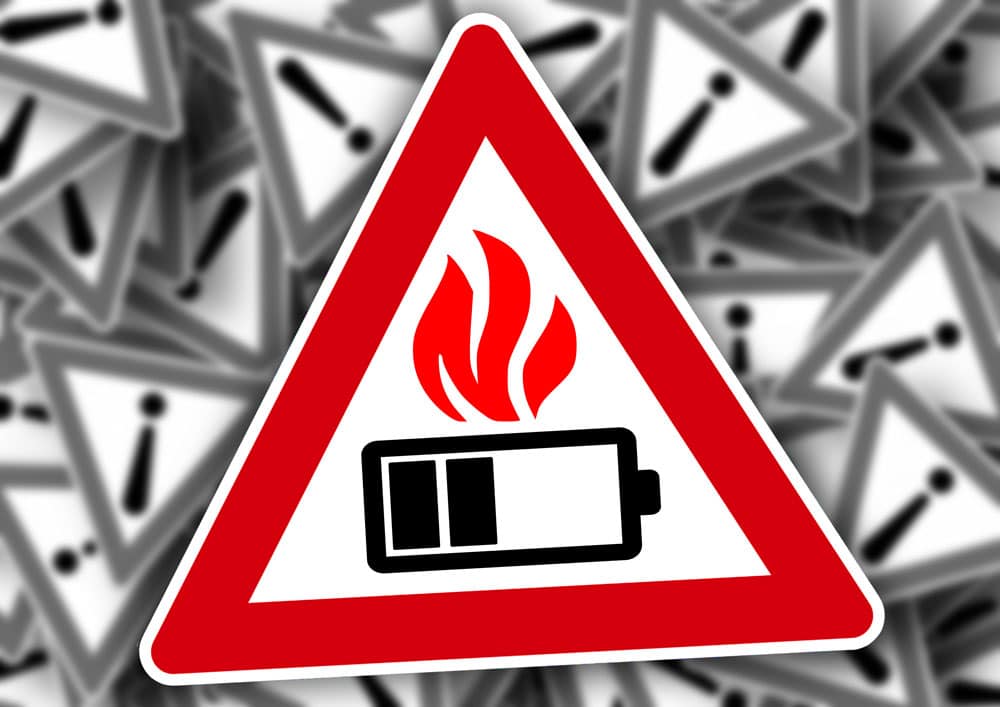Thermal runaways can be difficult to control once they are in effect. Learn about Thermal Runaway effects in batteries; including Lithium-ion and lead-acid batteries.
Thermal runaway occurs when an increase in temperature becomes an agent for a further increase in temperature. As a result, the increase in heat becomes self-sustaining and often leads to destructive results.
In the context of UPS batteries, this happens when the temperature and chemical processes within the battery generate faster than it dissipates. This phenomenon causes a chain reaction that increases the cell temperature, which in turn, accelerates the chemical reaction in the battery.
Since the battery cannot eject the heat it generates, its inner components melt. Moreover, the process releases heat, smoke, undesired gasses, and acid, which damage the adjacent equipment. The process can take place in both of the following batteries used in a UPS.
Lithium-Ion
Lithium-ion batteries are known for being prone to thermal runaway. Since these batteries are lightweight and charge quickly, they are ideal for many scenarios. For this reason, many data centers use these batteries to power their UPS systems to serve as a reliable backup.
A thermal runaway reaction in Li-ion batteries can be endothermic. Therefore, it absorbs heat from its surroundings. In other cases, the reaction can be exothermic, which means that it exerts heat into the surrounding environment.
VRLA
Similarly, a thermal runaway reaction can also develop in VRLA batteries. If this process continues for an extended period, the battery’s temperature increases exponentially until its cells dry out. The reaction can also soften the container of the battery and melts the plastic components when the battery temperature reaches 160 ºC.
When lead-acid batteries are charging, they remain exothermic. The cells inside the battery generate heat from the chemical reaction and spread it out to the environment. However, when a lead-acid battery has a full charge, electricity in the charge current can breakdown the electrolyte’s water.
This breakdown of water releases hydrogen and oxygen gases. On most occasions, these gases are absorbed. However, if the oxygen gas drifts to the positive plate of the battery, it will react and recombine into the electrolyte’s water.
This small reaction creates additional heat in the battery, which simultaneously increases the temperature. The change in temperature kickstart another chain reaction as the heat will speed up the rate of the reactions. As a result, the cell will accept more charge current, producing further heat and gassing, creating a cycle for thermal runaway.
Thermal Runaway effects in batteries is something your business cannot afford. This is why you need a reliable power supply that can ensure that these issues don’t happen in your building.
Odyssey Power is here to help your business succeed – contact us today for your UPS and Battery needs!
